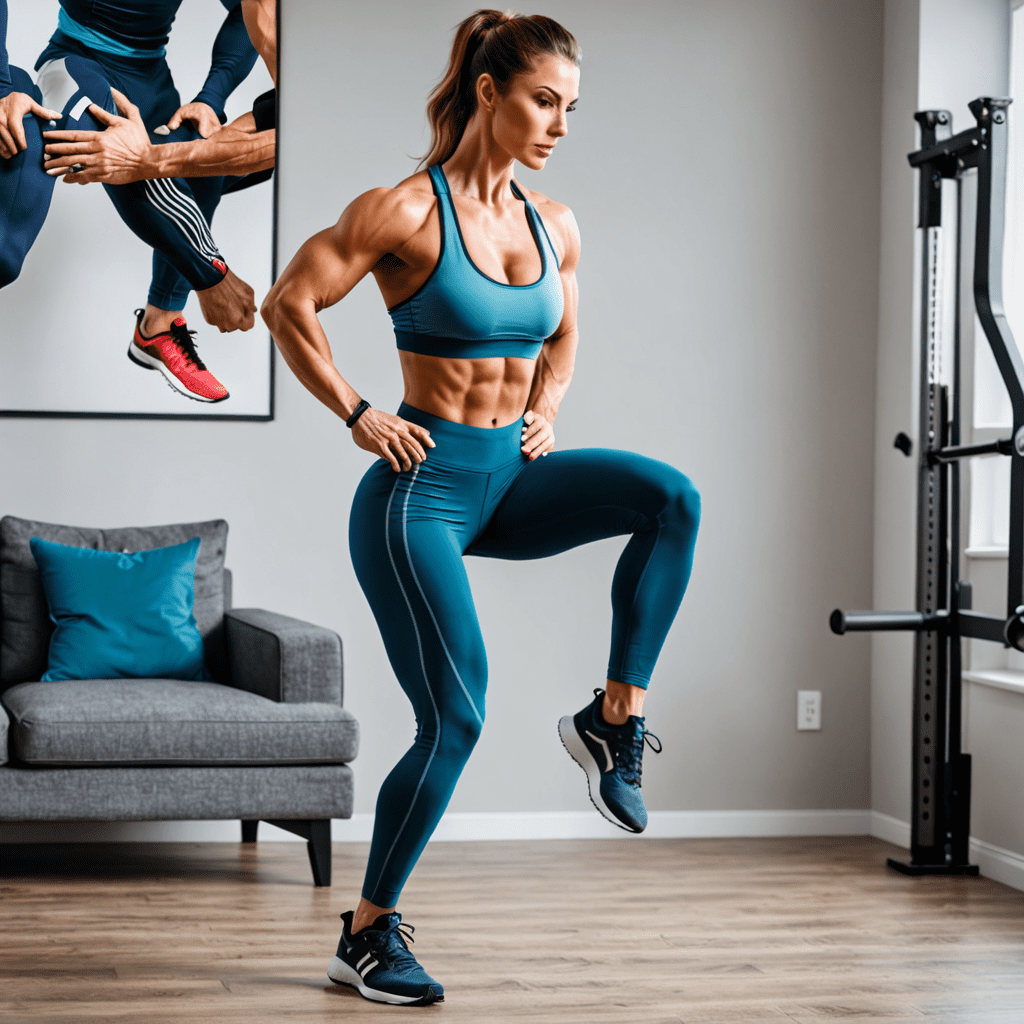
The Ultimate Guide to Push-Ups: Enhancing Your Workout Routine with Targeted Focus
Push-ups are a versatile and essential exercise that engages multiple muscle groups. Understanding the specific focus areas of push-ups can help tailor your fitness routine for maximum impact and results. In this comprehensive guide, we’ll explore the primary muscle groups that push-ups target and provide insights to optimize your workouts effectively.
The Benefits of Push-Ups
Before delving into the targeted focus of push-ups, it’s essential to highlight the overall benefits of this classic exercise. Push-ups are renowned for their efficiency in building upper body strength, enhancing core stability, and improving overall muscular endurance. Additionally, they require no equipment, making them a convenient and accessible workout option for individuals at any fitness level.
Targeted Muscle Groups
Push-ups primarily focus on the following key muscle groups:
1. Chest (Pectoral Muscles)
The pectoral muscles, located in the chest area, are the primary muscles engaged during push-ups. As you lower your body towards the ground and push back up, the pectoral muscles contract, resulting in enhanced strength and definition in the chest region.
2. Shoulders (Deltoid Muscles)
The deltoid muscles, comprising the front, side, and rear deltoids, are crucial for shoulder strength and stability. Push-ups effectively target these muscles, contributing to well-rounded shoulder development and improved functional strength.
3. Triceps
The triceps, located on the back of the upper arm, are activated during the push-up motion. Strengthening the triceps not only enhances arm definition but also supports overall upper body strength and stability.
4. Core Muscles
Maintaining a stable and engaged core is vital during push-ups. The abdominal muscles, including the rectus abdominis and obliques, play a significant role in stabilizing the body throughout the exercise, leading to improved core strength and endurance.
5. Back Muscles
Although not the primary focus, push-ups also engage the muscles of the upper and lower back, contributing to improved overall back strength and stability.
6. Leg Muscles
While often overlooked, the lower body also plays a supportive role during push-ups. Engaging the leg muscles, including the quadriceps and glutes, helps maintain proper form and stability throughout the exercise.
Optimizing Push-Up Focus
To target specific muscle groups with push-ups, variations and modifications can be implemented to shift the focus accordingly. Incorporating incline or decline push-ups, altering hand positioning, and adjusting the width of the grip can effectively emphasize different muscle groups, allowing for a customized and targeted workout experience.
FAQ
What are the different hand positions for targeting specific muscle groups during push-ups?
Answer:
– Wide Grip: Emphasizes the outer chest and shoulders.
– Narrow Grip: Targets the triceps and inner chest.
– Diamond (Hands close together): Intensifies the focus on the triceps.
– Hands turned outward: Engages the chest and shoulders more prominently.
How can push-ups be adapted for individuals with varying fitness levels?
Answer:
– Beginners can start with knee push-ups or wall push-ups to build strength gradually.
– Advanced individuals can incorporate plyometric push-ups or weighted variations to increase the challenge.
Is it necessary to do push-ups every day for noticeable results?
Answer:
– While consistency is key, allowing for adequate rest and recovery between push-up sessions is crucial for muscle recovery and growth. Aim for 2-3 sessions per week with a day of rest in between.
As you integrate targeted push-up focus into your fitness regimen, understanding the specific muscle groups and customization options allows for a more effective and tailored approach to achieving your fitness goals. Whether you are striving for increased strength, muscle definition, or overall functional fitness, push-ups can be a valuable addition to your workout routine.


